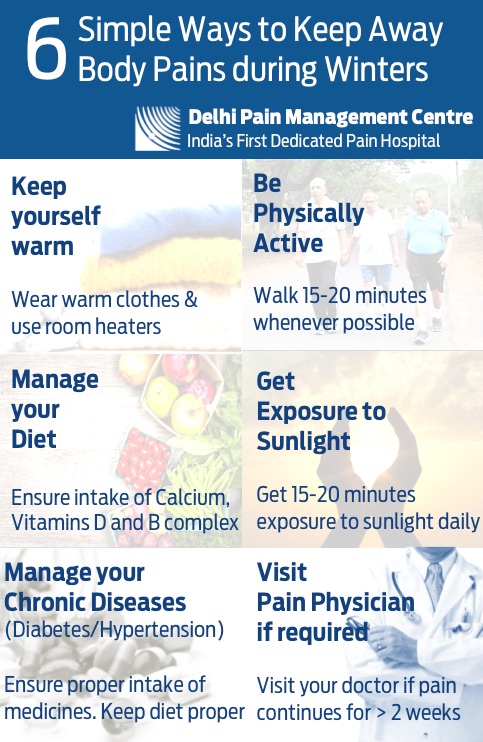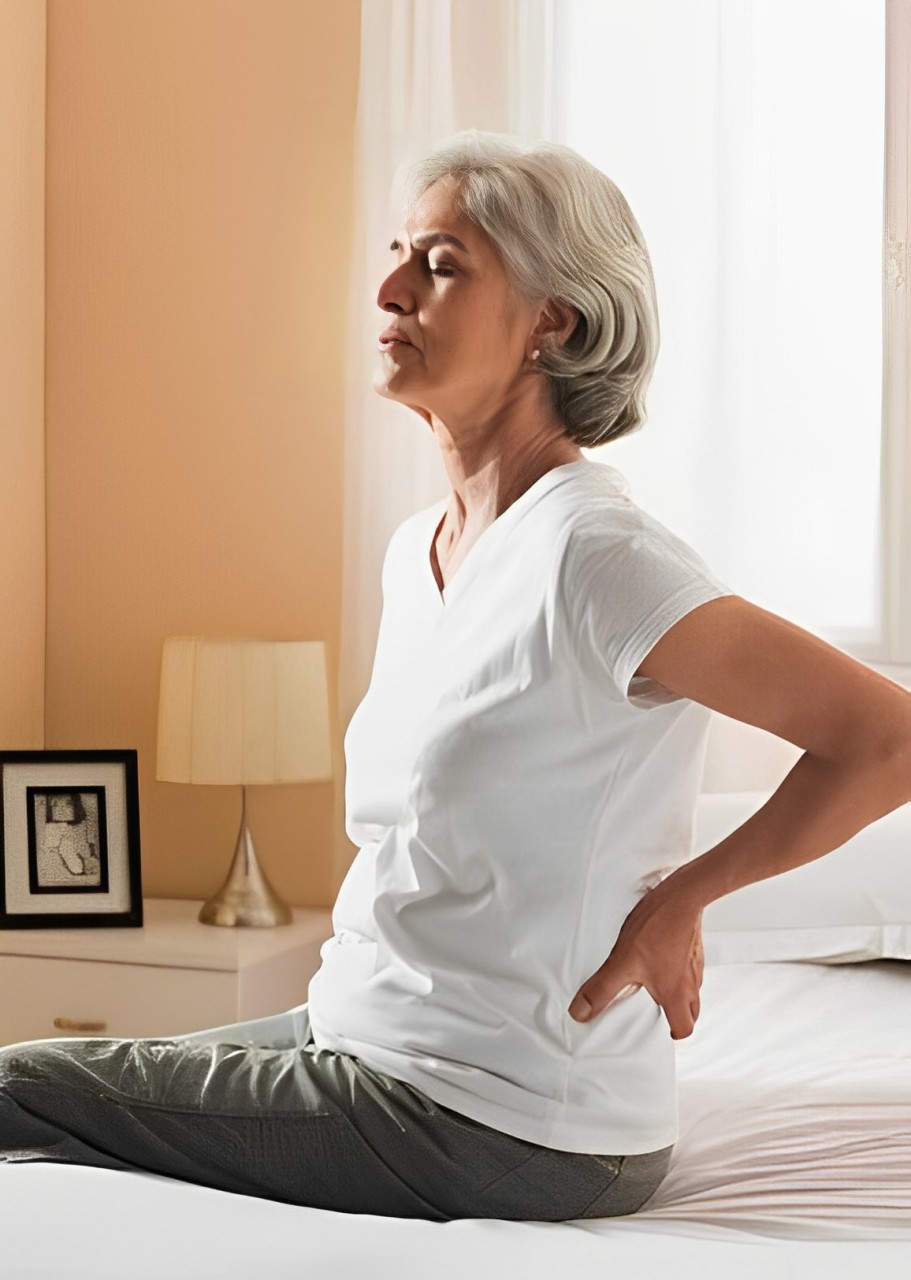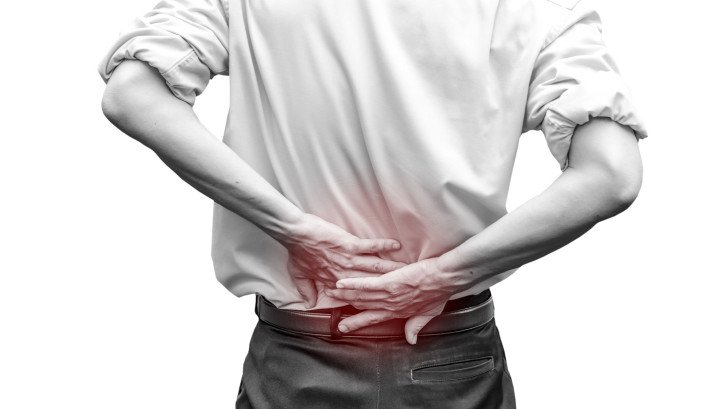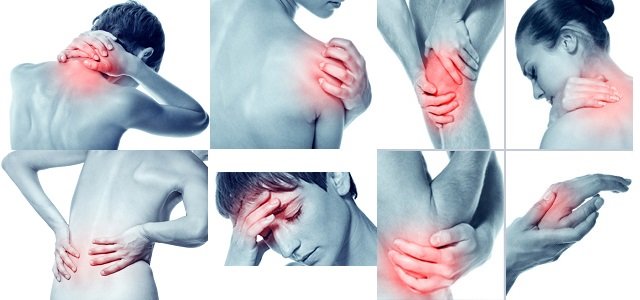One of the most common ailments faced by people today is back pain. In a world where work is slowly…
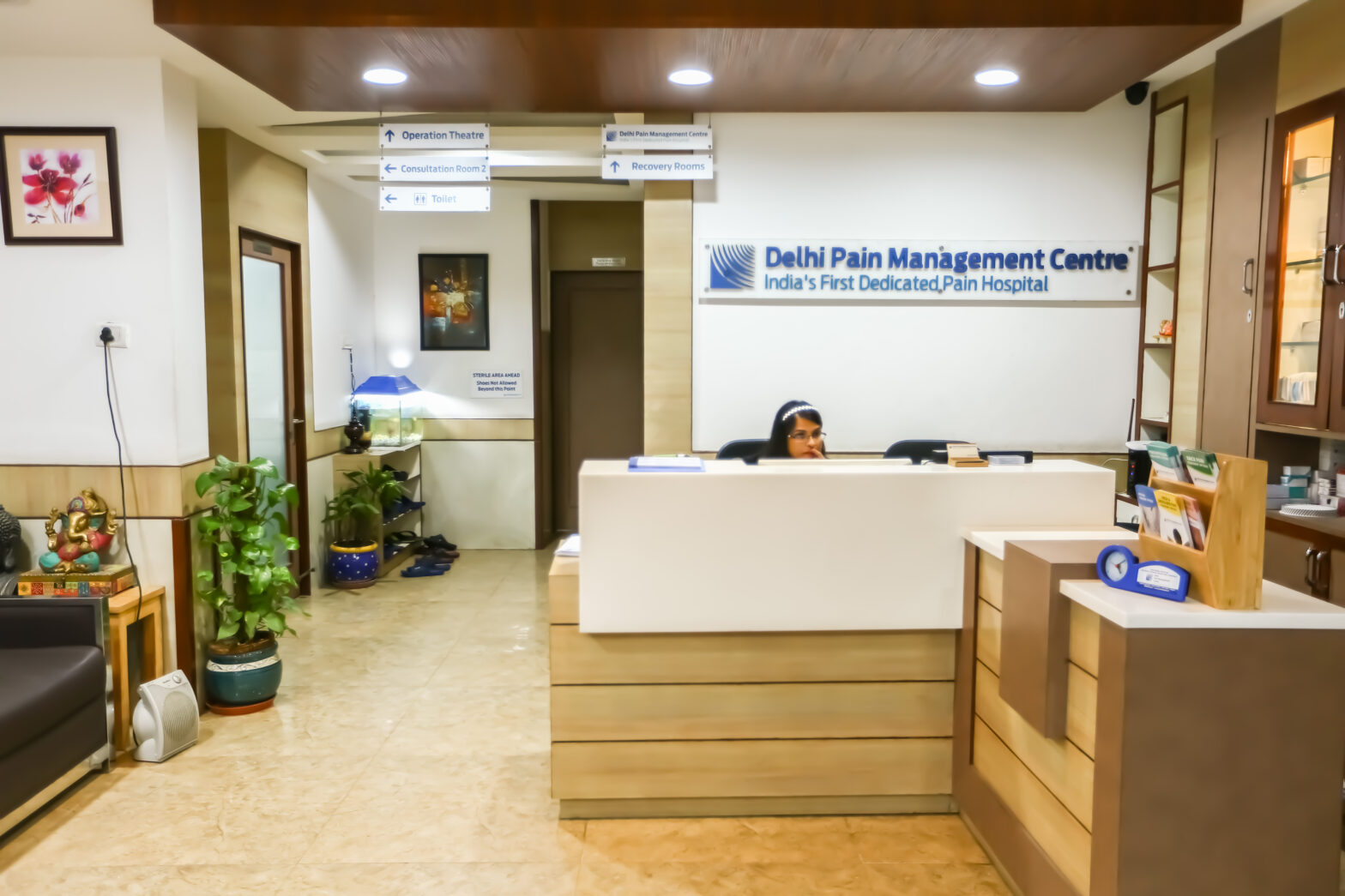

क्या आपके जोड़ों के दर्द का कारण चिकनगुनिया है ?
Read in English चिकनगुनिया एक वायरल रोग है, जो संक्रमित मच्छरों के काटने से फैलता है। रोग के मुख्य लक्षण बुखार, शरीर पर लाल रेश, और जोड़ों का दर्द होते हैं। चिकनगुनिया का कोई इलाज, या टीकाकरण नहीं होता। इसके बजाय उपचार को लक्षणों से राहत पर केंद्रित किया जाता है। चिकनगुनिया नाम से ही लोगों में बहुत दहशत फ़ैल जाती है। काफ़ी बार WhatsApp पर चिकनगुनिया के इलाज…
6 Ways To Keep Pain Away During Winters
If you live in Delhi or other parts of North India, you can now feel the chill in the air, and the mercury…
Sciatic Pain Treatment
“Missed you at the International conference last week. What happened all okay?” she spoke over the phone to her friend….
गर्मियों में कैसे रहें दर्द-मुक्त
Read in English जून का महीना आते ही भारत में सभी अत्यधिक गर्मी और पसीने से जूझने लगते हैं। और अगर आप किसी प्रकार के दर्द से भी परेशान रहते हैं, जैसे की कमर दर्द,या जोड़ों का दर्द, तो इस मौसम में अपने दर्द को काबू में रखना अपने आप में एक चुनौती बन जाता है। मेडिकल रिसर्च से भी प्रमाणित हुआ है की गर्मी के मौसम में दर्द की स्थिति बढ़ जाती है।…
5 Easy Ways To Manage Your Body Pains In Summers
As June approaches, most of India braces itself to cope with extreme heat, humidity, sweating, and exertion. The problems become…
Try Back Pain Treatment Yourself
Back pain might be sudden or constant, debilitating or mild. Perhaps, it might be that you bent in the wrong…
Everything About Slipped Disc Treatment
The other name for slipped disc is herniated disc and it happens when there is a rupture in the disc…
Facts To Know About Spine Specialist In Delhi
Spine pain has constantly ended up being exceptionally disturbing other than difficult alone. This is the reason individuals are dependably…
How To Deal With Severe Pain: Pain Management
Pain can prevent you from carrying on with your life, and this article will give tips on how you can…

